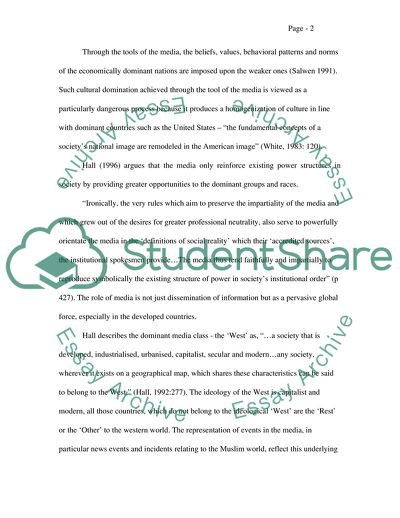Cite this document
(Media Representation Case Study Example | Topics and Well Written Essays - 1750 words, n.d.)
Media Representation Case Study Example | Topics and Well Written Essays - 1750 words. Retrieved from https://studentshare.org/media/1710012-media-representation
Media Representation Case Study Example | Topics and Well Written Essays - 1750 words. Retrieved from https://studentshare.org/media/1710012-media-representation
(Media Representation Case Study Example | Topics and Well Written Essays - 1750 Words)
Media Representation Case Study Example | Topics and Well Written Essays - 1750 Words. https://studentshare.org/media/1710012-media-representation.
Media Representation Case Study Example | Topics and Well Written Essays - 1750 Words. https://studentshare.org/media/1710012-media-representation.
“Media Representation Case Study Example | Topics and Well Written Essays - 1750 Words”. https://studentshare.org/media/1710012-media-representation.


